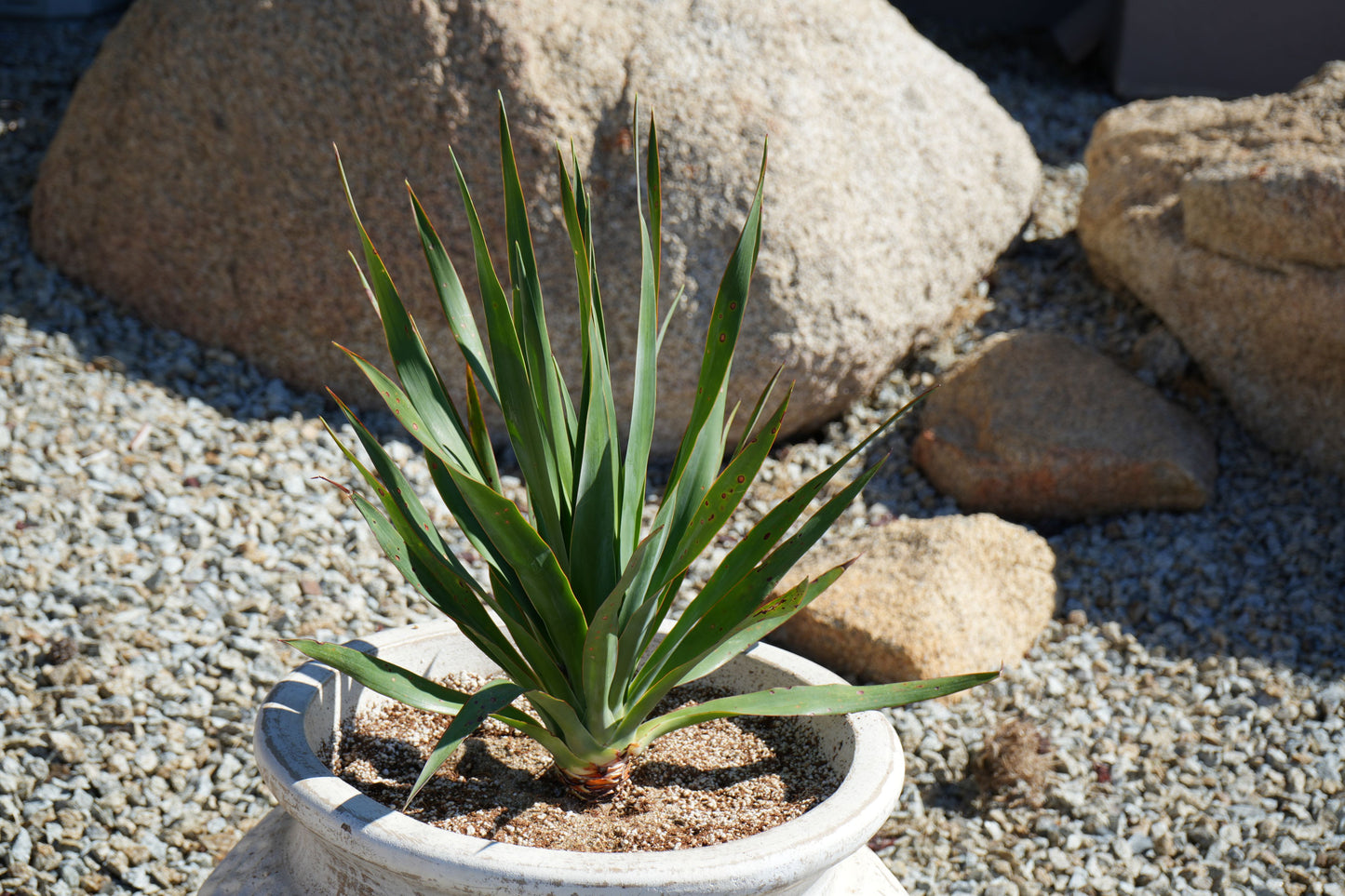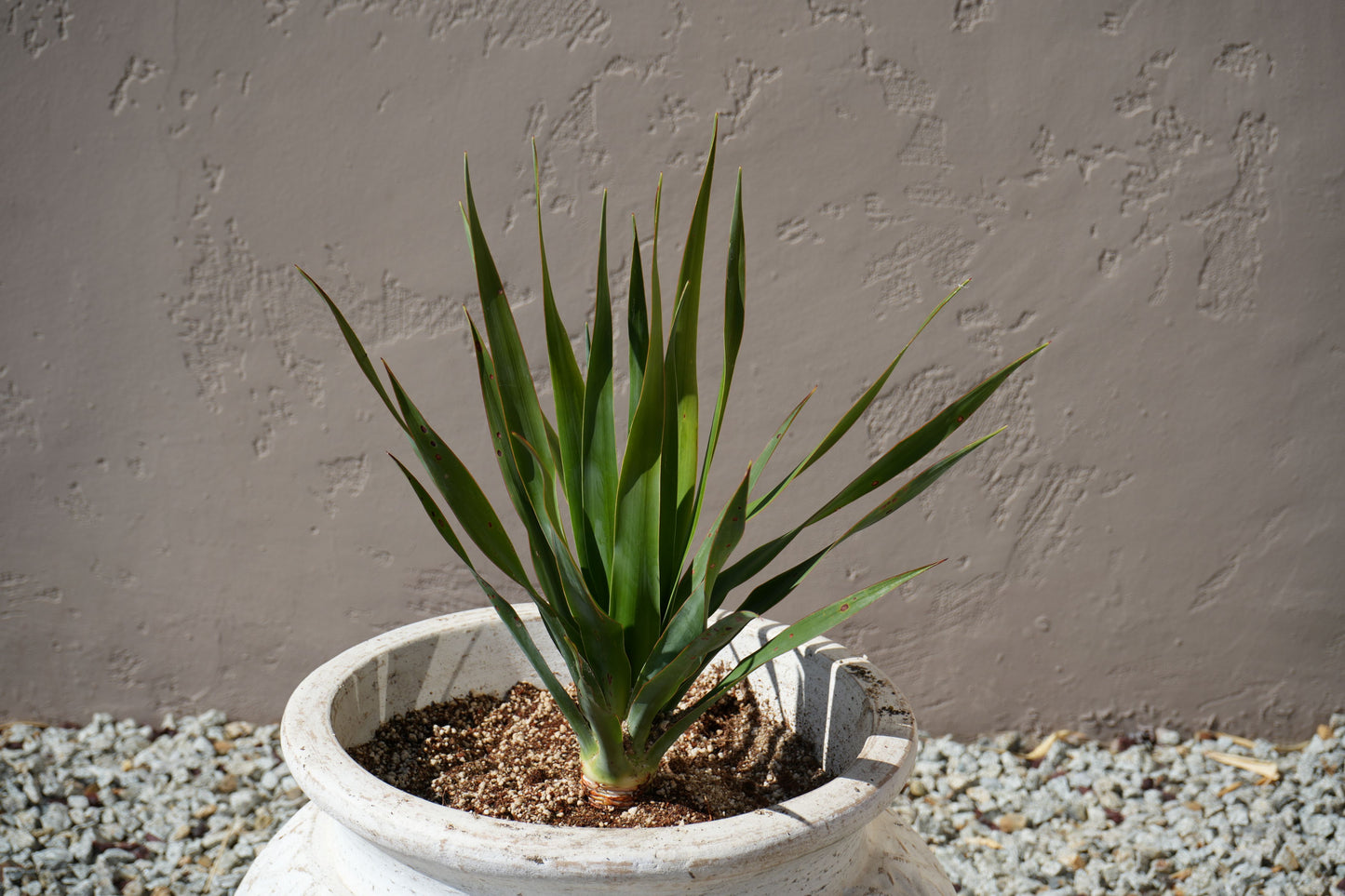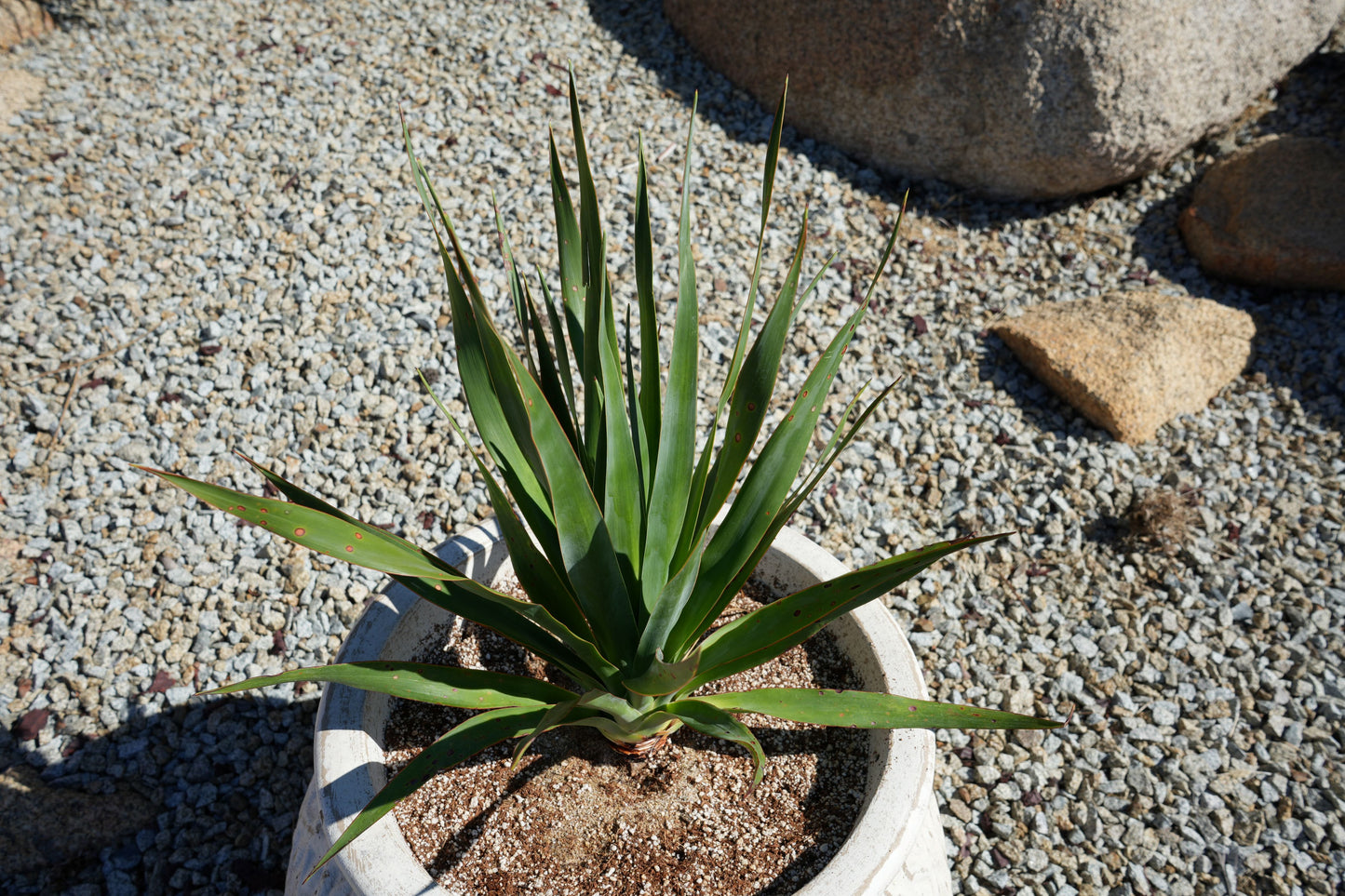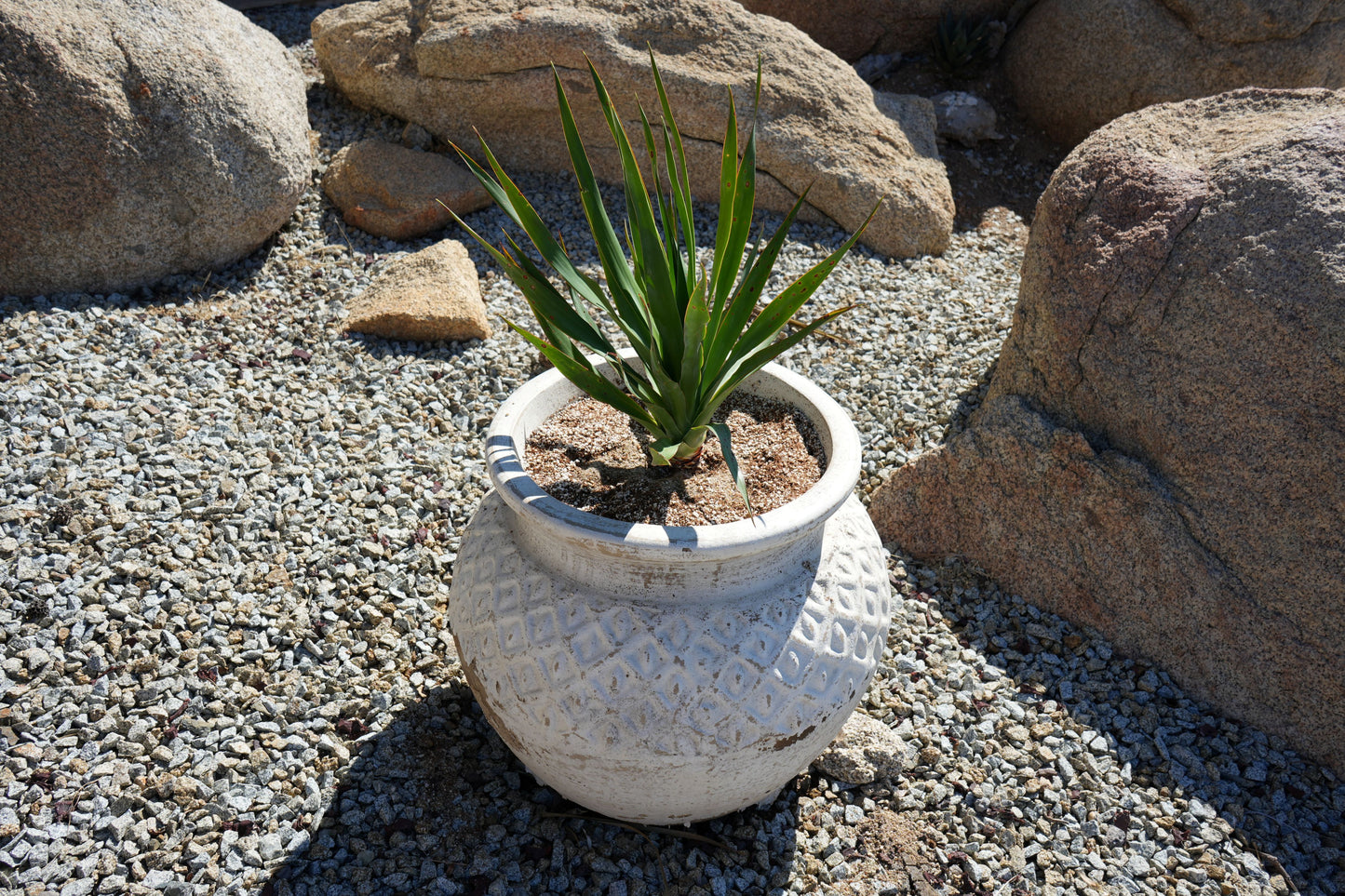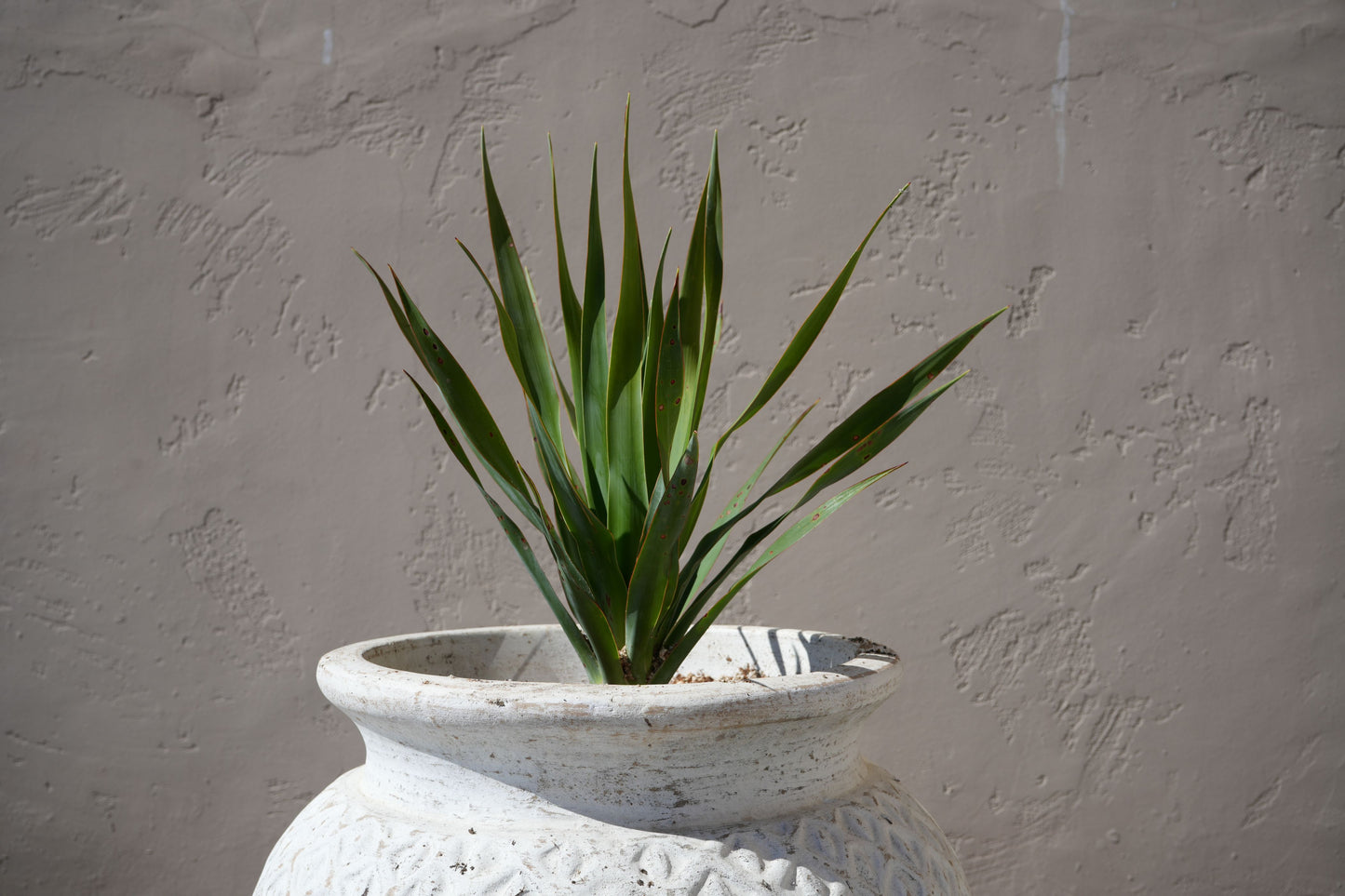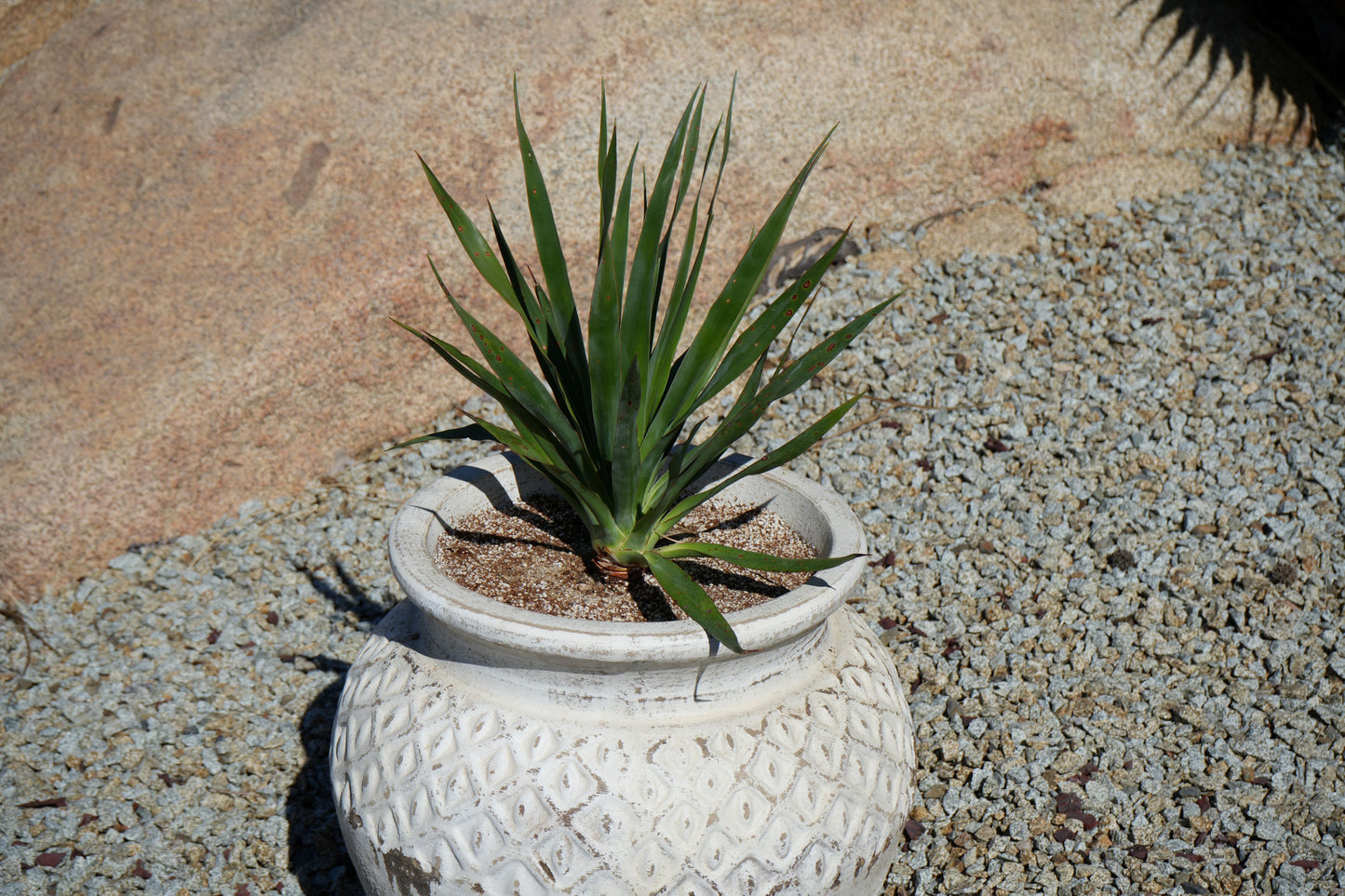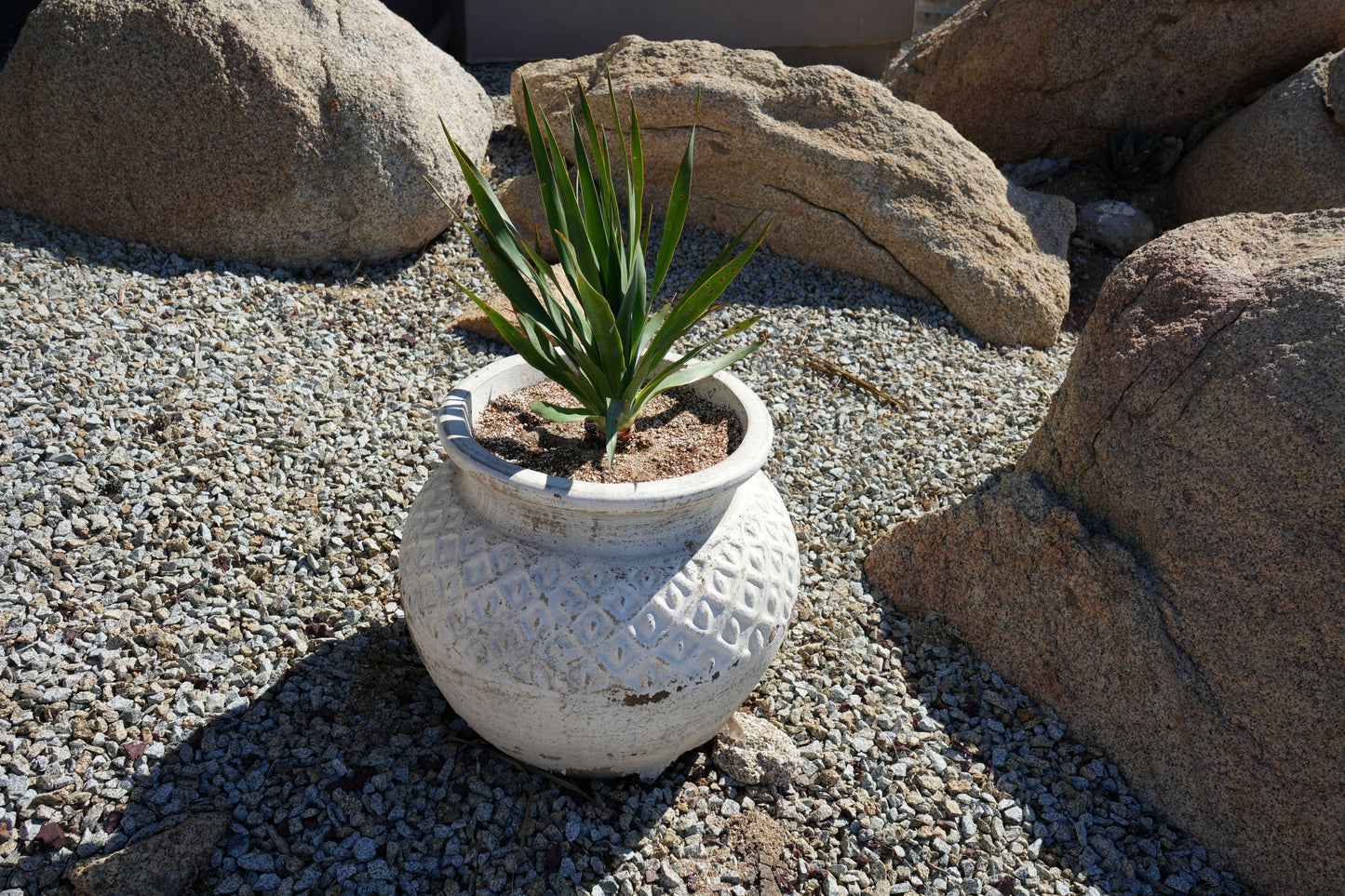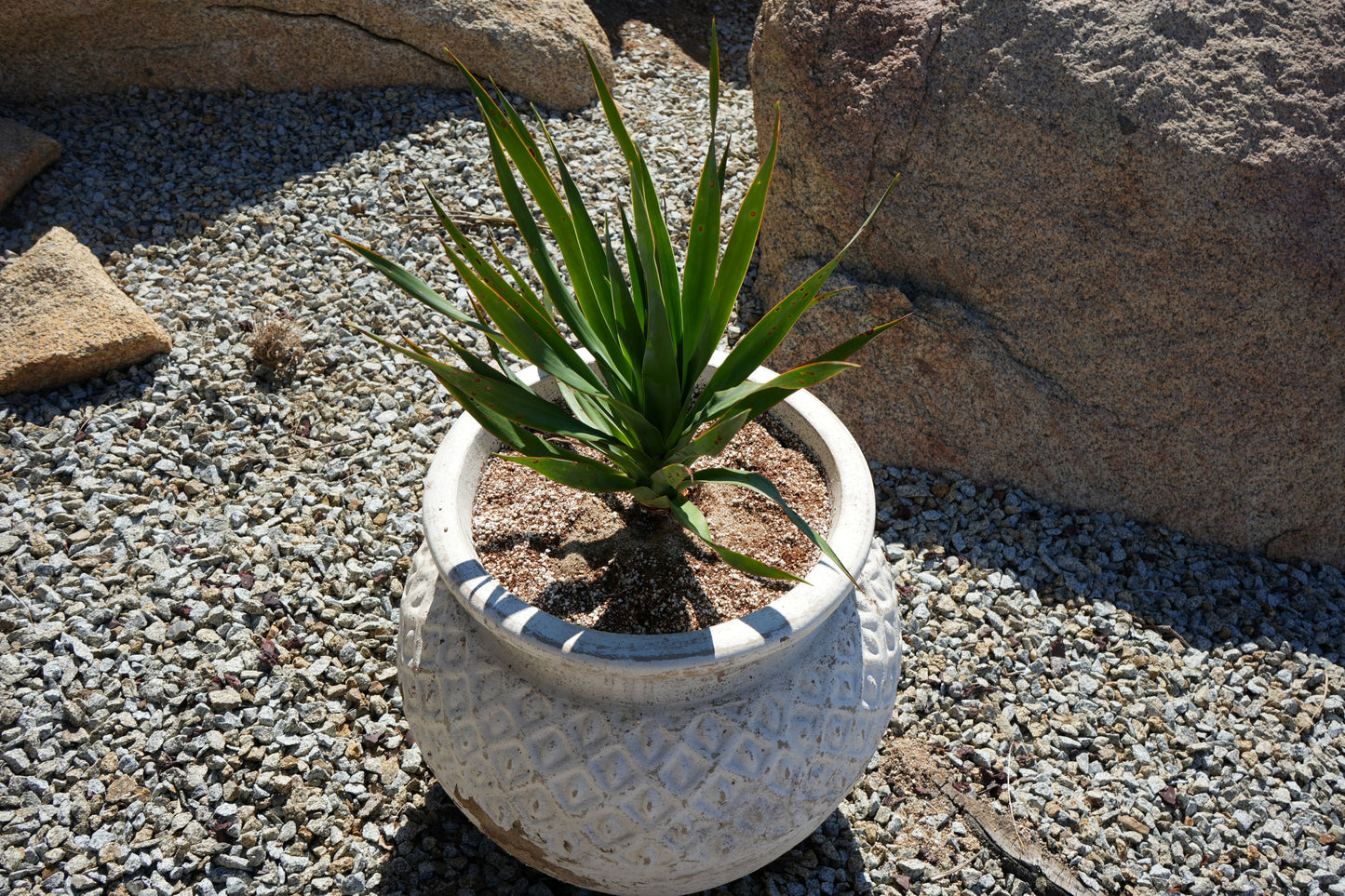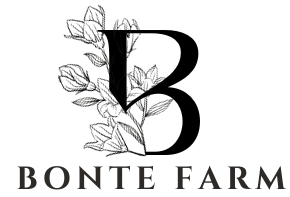Bonte Farm
Dracaena draco: The Majestic Dragon Tree for Your Landscape
Dracaena draco: The Majestic Dragon Tree for Your Landscape
Couldn't load pickup availability
Dracaena Draco: The Dragon Tree
Dracaena draco, commonly known as the Dragon Tree, is a striking succulent tree native to the Canary Islands. Prized for its unique, umbrella-shaped canopy of stiff, bluish-green leaves and its slow growth, this architectural specimen makes a dramatic statement in any landscape. Its legendary status, linked to ancient myths and beliefs, adds an air of mystique to its already captivating presence.
A Living Legend:
- Distinctive Appearance: The Dragon Tree's most recognizable feature is its dense, rounded crown of leathery leaves, resembling a dragon's outstretched wings. As it matures, the trunk branches, creating a candelabra-like structure.
- Slow Growth, Long Lifespan: Dracaena draco is a slow grower, adding to its appeal as a long-lived and relatively low-maintenance addition to your garden. Specimens can live for hundreds of years.
Botanical Characteristics:
- Scientific Name: Dracaena draco
- Common Names: Dragon Tree, Drago Tree, Canary Islands Dragon Tree
- Growth Habit: Slow-growing, tree-like succulent with a branching trunk and dense crown.
- Foliage: Stiff, sword-shaped, bluish-green leaves with a slightly waxy texture.
- Mature Size: Can reach 20-40 feet (6-12 meters) tall and 15-25 feet (4.5-7.5 meters) wide, though it can take many years to reach this size. Indoors, it's usually much smaller.
- USDA Hardiness Zones: 9-11. Thrives in warm, frost-free climates.
Cultivation and Care:
- Sunlight: Prefers full sun to partial shade. In extremely hot climates, some afternoon shade is beneficial.
- Soil: Requires well-drained soil. Amend heavy clay soils with sand, perlite, or other drainage-improving materials.
- Water: Drought-tolerant once established. Water deeply but infrequently, allowing the soil to dry out between waterings. Avoid overwatering, especially during the winter months.
- Fertilizer: Generally does not require heavy fertilization. A light feeding with a balanced fertilizer during the growing season (spring and summer) can be beneficial.
- Temperature: Prefers warm temperatures and is intolerant of frost. Protect from freezing conditions.
- Pruning: Minimal pruning is required. Remove dead or damaged leaves as needed.
Landscape Use:
- Specimen Plant: Ideal as a focal point in gardens, parks, and succulent landscapes. Its unique form creates a dramatic visual impact.
- Container Plant: Can be grown in containers, especially when young. This allows for relocation during colder periods in marginal climates. However, mature trees will likely be too large for container growing.
- Xeriscaping: Perfect for water-wise gardens due to its drought tolerance.
Wildlife Attraction:
- Pollinators: The fragrant flowers, which appear only on mature trees and are rare, can attract pollinators like bees and moths.
Pest and Disease Resistance:
- Generally resistant to most pests and diseases. Overwatering can lead to root rot.
Propagation:
- Primarily propagated by cuttings taken from mature branches. Allow the cut ends to callus for several days before planting in well-draining potting mix. Seed propagation is also possible but less common.
Incorporating Dracaena draco into Your Landscape:
- Placement: Choose a sunny location with well-drained soil, allowing ample space for its mature size.
- Companion Plants: Pair with other drought-tolerant plants such as aloes, agaves, yuccas, and other succulents for a visually appealing and water-wise landscape.
- Winter Protection: In marginal climates, provide winter protection if temperatures dip below freezing. Wrap the crown with frost cloth or move container-grown plants indoors.
Relevant Keywords: Dracaena draco, Dragon Tree, Drago Tree, Canary Islands Dragon Tree, succulent tree, drought-tolerant plant, specimen plant, landscape plant, xeriscaping, container plant, USDA zone 9, USDA zone 10, USDA zone 11, slow-growing tree, architectural plant, unique plant, exotic plant, Canary Islands flora, succulent landscape.
Share
